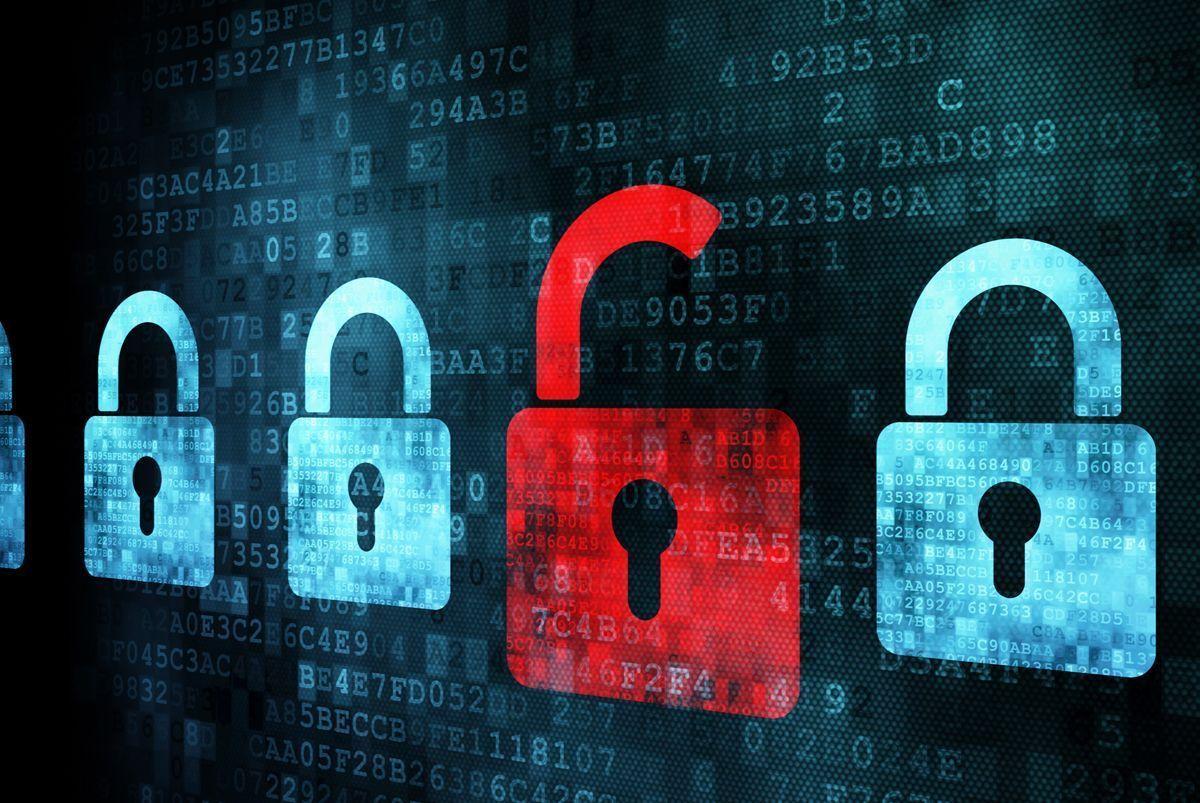4 min read
In 2022 Supply Chain Security Needs to Be Top of Mind
As we begin a new year, it’s time to reflect on the strengths and weaknesses of our cybersecurity posture. Now more than ever, it’s important to...
We've crafted solutions tailored to your firm
The world of insurance for law firms can be confusing, and difficult to navigate. We've created this glossary because these common insurance terms should be easy to understand.
3 min read
 LMG Security
:
Nov 2, 2021 12:00:00 AM
LMG Security
:
Nov 2, 2021 12:00:00 AM

This blog post is in partnership with LMG Security. With professional hackers and cybersecurity criminals posing a constant threat to law firms big and small, the reality is that your firm’s sensitive data will always be a target. The good news? This risk can be averted by a few simple and cost-effective security strategies which you’ll learn in this CLE Cybersecurity Academy presented in partnership with LMG Security.
It’s Cybersecurity Awareness Month and we’d like to mark the occasion by focusing on one of the most challenging cybersecurity risks – the insider threat. Did you know that the evidence indicates Accenture’s recent $50 million ransomware attack may have been an inside job? Last summer, criminals offered a Tesla employee $500,000 in exchange for installing malware in the manufacturer’s environment. The employee alerted his supervisor—but would yours? (Watch this Breaking Breaches video for full details on the Tesla attack.)
The risk of malicious insider threats is rising, and criminal groups are actively advertising for insiders to help them hack into organizations. Earlier this year, the LockBit ransomware group launched advertising campaigns offering big payouts to employees that provide access to high-value networks. These payments can reach millions of dollars.
Now that the average cost of an insider threat has reached a staggering $11.5 million, it’s crucial that you take steps to reduce your organization’s risks.
Would one of your employees take the bait?
When you consider how to reduce your risks from insider threats, this is a case where an ounce of caution is worth a pound of cure. Proactive preventative measures are your best path forward. But, even if do everything right to protect your environment from criminals, all your efforts are moot if an employee lets them inside.
Sadly, preventing insider threats is very difficult – especially for malicious actors. A recent survey found that “53% of companies find it impossible or very difficult to prevent an insider attack when data is being aggregated, a key indicator of intent of an attack.” CISA recommends that organizations create an insider threat mitigation plan and offers a 5-step process, tools, videos and program recommendations.
Here are some “low hanging fruit” steps that will help you quickly and effectively reduce your risks of insider threats.
We hope you find this information helpful and that you can strengthen your organization’s cybersecurity posture – whether in small or large ways – for Cybersecurity Awareness Month.
At LMG, our singular focus is on providing outstanding cybersecurity consulting, technical testing, training, and incident response services. Our team of recognized cybersecurity experts have been covered on the Today Show and NBC News, as well as quoted in the New York Times, Wall Street Journal, and many other publications. In addition to online cybersecurity training, LMG Security provides world-class cybersecurity services to a diverse client base located around the United States and internationally.

4 min read
As we begin a new year, it’s time to reflect on the strengths and weaknesses of our cybersecurity posture. Now more than ever, it’s important to...

1 min read
It’s Friday the 13th, or any other day of the month for that matter, and your local process server appears at your door with a subpoena for your...

4 min read
Updated 07/2023 Lawyers remain a high-profile target for scammers hoping to get away with wire fraud and the attack vectors they are using continue...